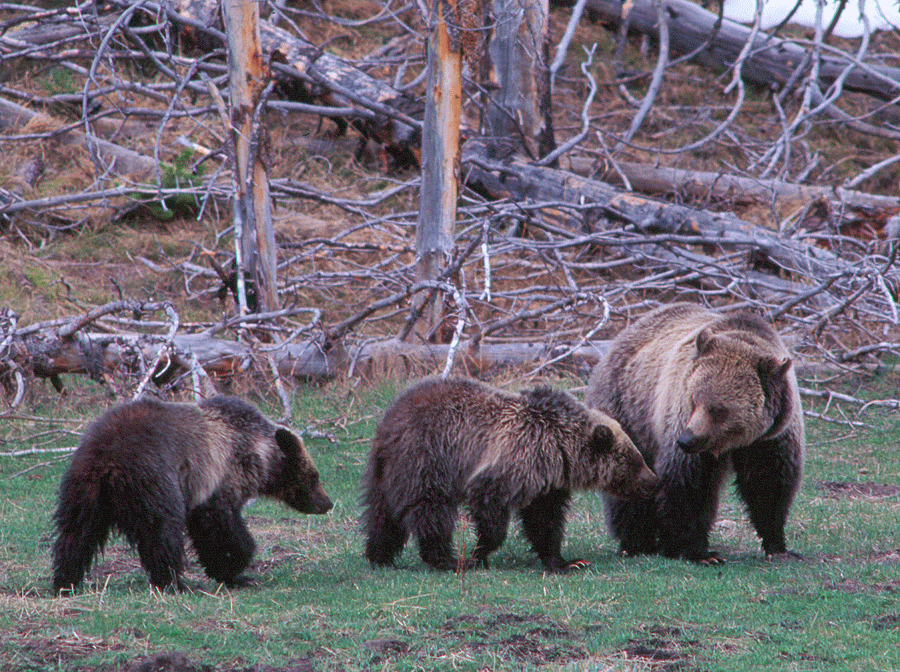Federal Officials Ready to Delist Yellowstone Grizzlies, Possibly as Soon as 2014
OutdoorHub Reporters 08.23.13

U.S. Interior Secretary Ken Salazar wrote to Wyoming Governor Matt Mead last month, supporting him in his desire to delist Yellowstone’s grizzly bears. According to the Missoulian, Salazar expects the U.S. Fish and Wildlife Service (USFWS) to complete their analysis of the issue and come to a decision by early 2014. There are an estimated 600 bears in the Greater Yellowstone area, which contains the iconic national park and runs through Wyoming, Idaho, and Montana. If the USFWS does decide to remove the grizzly from its protected status, it is likely that management hunts will be set in place soon after.
Yellowstone is one of the few areas south of Canada that has a significant number of grizzlies, but only due to conservation efforts over the last three decades. Outside Magazine reports that due to being protected by the Endangered Species Act, grizzlies in Yellowstone tripled their numbers.
“It’s taken us 30 years to get to this point,” says Chris Servheen, USFWS grizzly bear recovery coordinator. “We consider the species recovered.”
However, it is not the first time the USFWS made this announcement. The agency made the same statement in 2007 and removed grizzlies from the threatened-species list. That decision was overturned in 2009 and the bears returned to the list. The latest proposal to delist the bears surfaced in May of this year and hinges partly on the dwindling number of whitebark pine in Yellowstone. As nuts from the tree make up one of the major food sources for grizzlies, the decline of whitebark pine could play a crucial factor in whether or not the bears get delisted. Some conservationists are worried that the loss of a valuable food source coupled with pressure from humans could prove disastrous for the species.
“The gains are precarious,” says Louisa Willcox of the National Resources Defense Council. “Grizzles are low-reproducers. You can turn increased numbers into a decline very quickly.”
Biologists with the Wyoming Game and Fish Department (GFD), who have supported the delisting, disagree.
“Bears are the world’s greatest omnivores,” said Mark Bruscino, carnivore supervisor for the Wyoming GFD. “They live in lots of areas without whitebark pine, or anything similar to that, across the Northern Hemisphere, and they do just fine.”
Bruscino says the state intends on allowing hunting to manage problem bears or overpopulation.
“The Yellowstone grizzly population is doing fantastic, it’s the wildlife management success story of the last 30 years in North America,” he added. “We will probably never hunt large numbers, just because there won’t be a lot of probably surplus mortality that could go into a hunting quota, but we will probably hunt some bears.”
This plan does not sit well with some animal rights groups, who compare grizzlies to wolves, a species that has already been removed from protections in several states and is looking at a national delisting in the lower 48.
“The states want the keys to the car,” says Willcox. “And when they get them, they will do what they’re doing with wolves now—they’ll hunt them.”
Other conservationists are unsure if it is the right time to remove the bear from federal protections, including one of the original organizations that sued to block the 2007 delisting.
“Certainly it’s too soon to tell. There’s a reason they’re taking the next year or two years to look at whitebark loss,” said Hannah Stauts of the Greater Yellowstone Coalition. Stauts mentions that the group is open to a delisting proposal, given the right circumstances.

